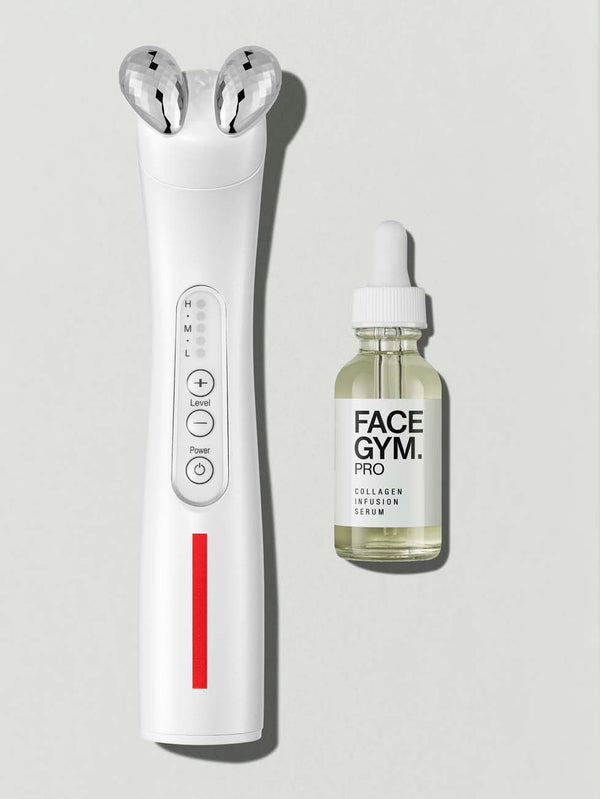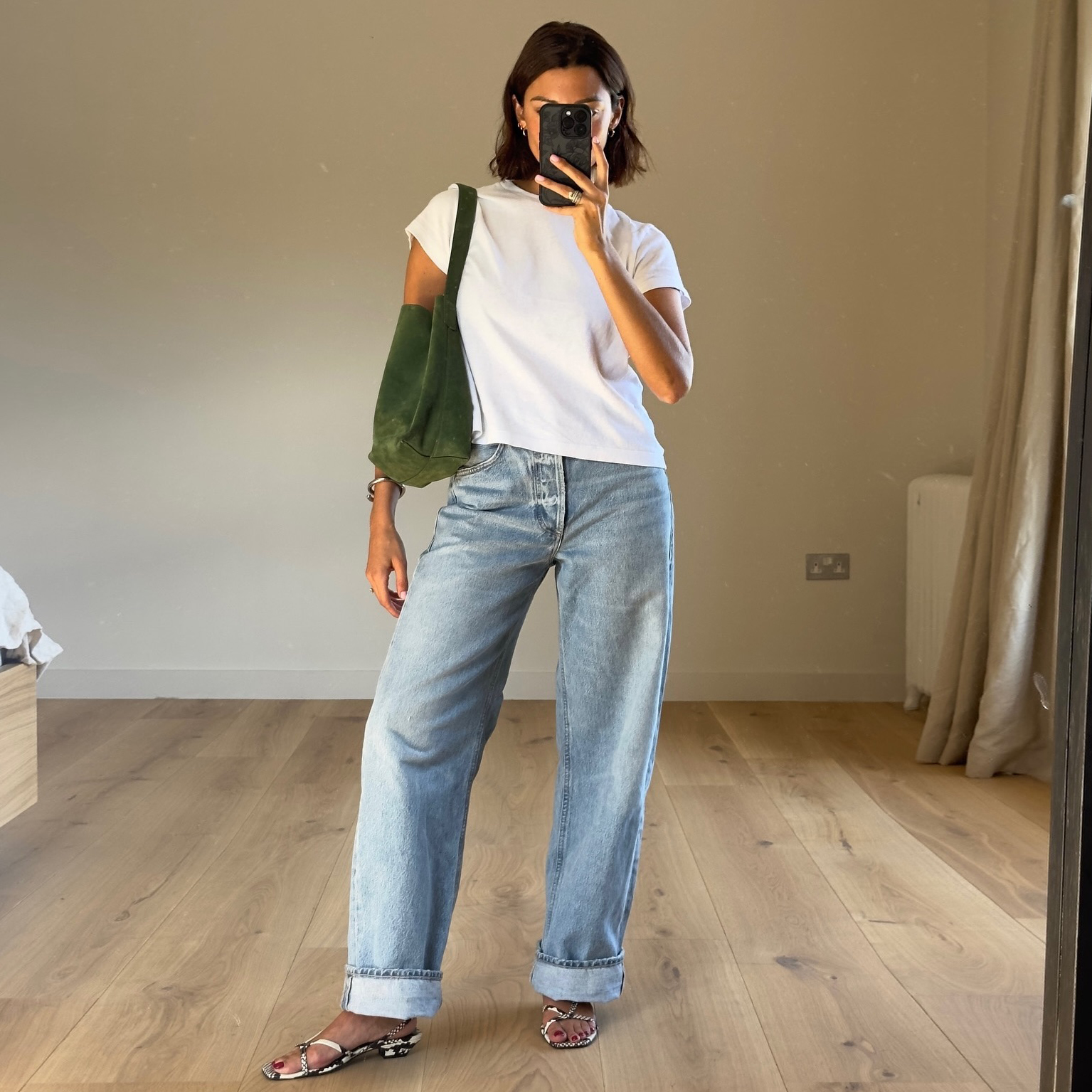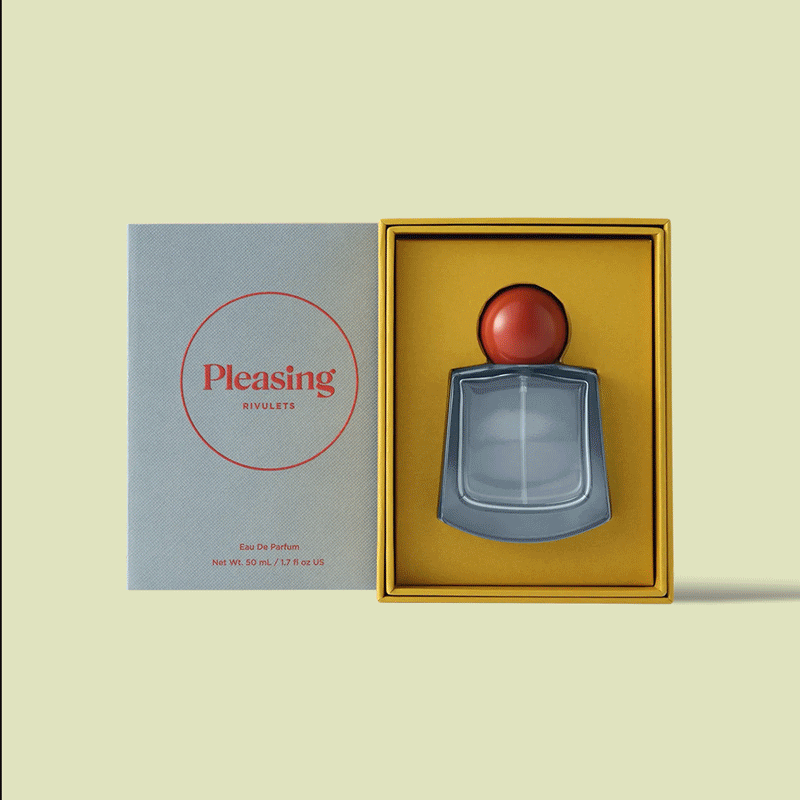The Best Treatments for Hooded Eyes, According to Experts
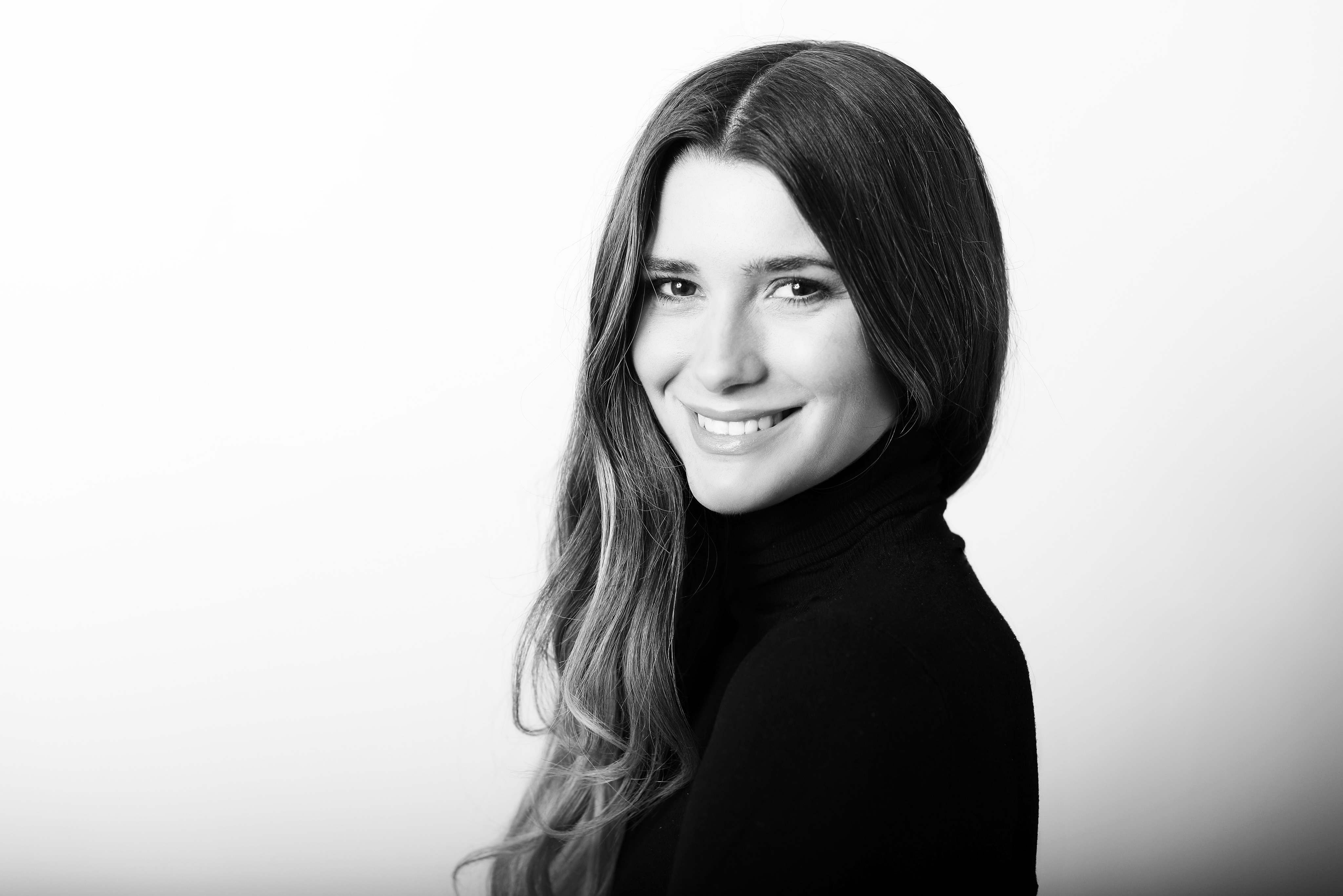
If you've landed on this story, you're probably curious about what you can do for hooded eyes. Let me first start out by saying that all eye shapes are beautiful, and no one needs to change their features. Equally, if something bothers you, you are entitled to do something about it—zero judgement here.
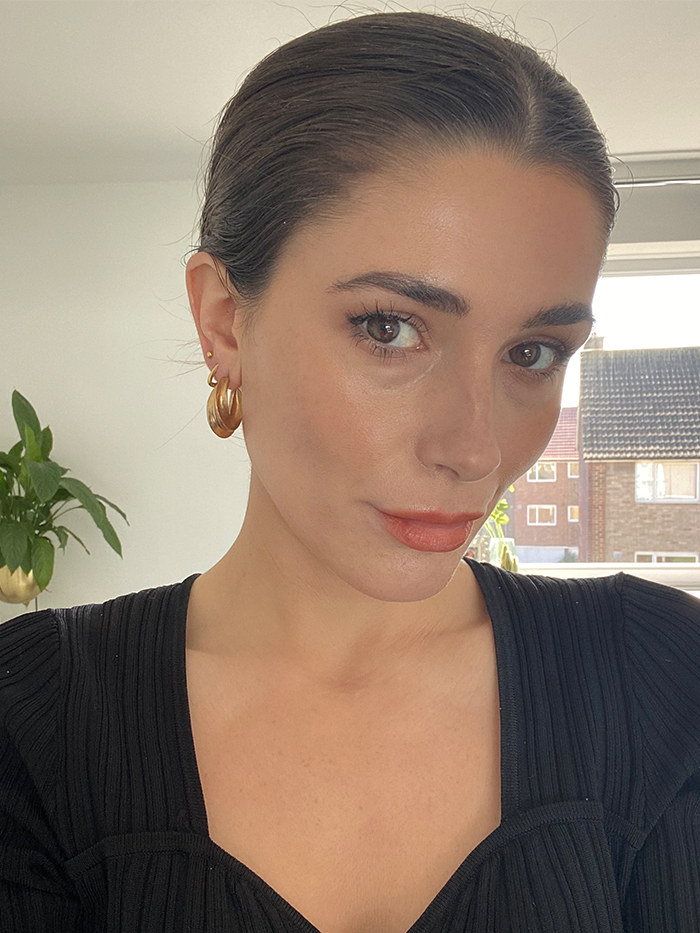
As someone who has hooded eyes, I've come to love mine, and I've really perfected the eye makeup techniques that best enhance my eye shape. That being said, as my hooded eyes are genetic, I'm noticing that their shape has changed as I approach my thirties, particularly around the outer corners, which fold over the crease of my eyelid more now than they did in my teenage years.
When my eyes are rested, it can sometimes make me look tired or even a bit cross, and doing winged eyeliner is nearly impossible on my eye shape now. Of course, we all notice things about ourselves that others would never spot, but I'm open to certain aesthetic treatments.
Way back when, treatments for hooded eyes were pretty much limited to surgical procedures, but nowadays, there are plenty of non-surgical treatments for patients who want to address their hooded eyes without the downtime and cost that comes with surgery.
Curious to find out more, I asked Dr Daniel Ezra, specialist ophthalmic and oculoplastic consultant, Dr Sindhu Siddiqi, founder of No Filter Clinic, and Dr Raj Acquilla, a facial aesthetics expert and leading practitioner, about the best treatments for hooded eyes. But first, what exactly are hooded eyes, and what causes them?
What Are Hooded Eyes, and What Causes Them?
Hooded eyes can be genetic or due to ageing, says Dr Siddiqi. "You get heaviness of the upper eyelids and a very small lid space, which can make it harder to wear eye makeup. It refers to the drooping over the eyelid or brow bone, this can cause the eye to appear smaller and can create a tired appearance," she says.
"Hooded eyes are a common facial characteristic and tend to become more distinct as we age. The skin around your eyes is the thinnest in your body, so it is the first area to show signs of collagen loss."
As well as genetics and ageing, hooded eyes can also be caused by excess skin or fatty tissue on the upper eyelid or medical conditions such as thyroid disorders or ptosis, explains Dr Siddiqi.
Whatever treatment you are considering, it's important to seek a doctor who is adequately qualified and experienced to ensure both a safe and effective treatment. "The most important thing to be aware of when choosing an aesthetic practitioner is that they are fully qualified and a registered medical professional," says Dr Siddiqi. "The key regulatory bodies for medical practitioners are the NMC for nurses, GMC for doctors and GDC for dentists. If they are not on the register, you have no way of knowing for certain if they are appropriately qualified."
She also advises looking at a practitioner's work on social media, reading reviews and asking for recommendations via word of mouth. "Do all the research you can and go for a consult only (without treatment) the first time, if you can. It is much better to talk through your concerns, be properly assessed and have some time to think about the treatment before investing in it," she says.
The Best Treatments for Hooded Eyes
1. Upper Lid Blepharoplasty
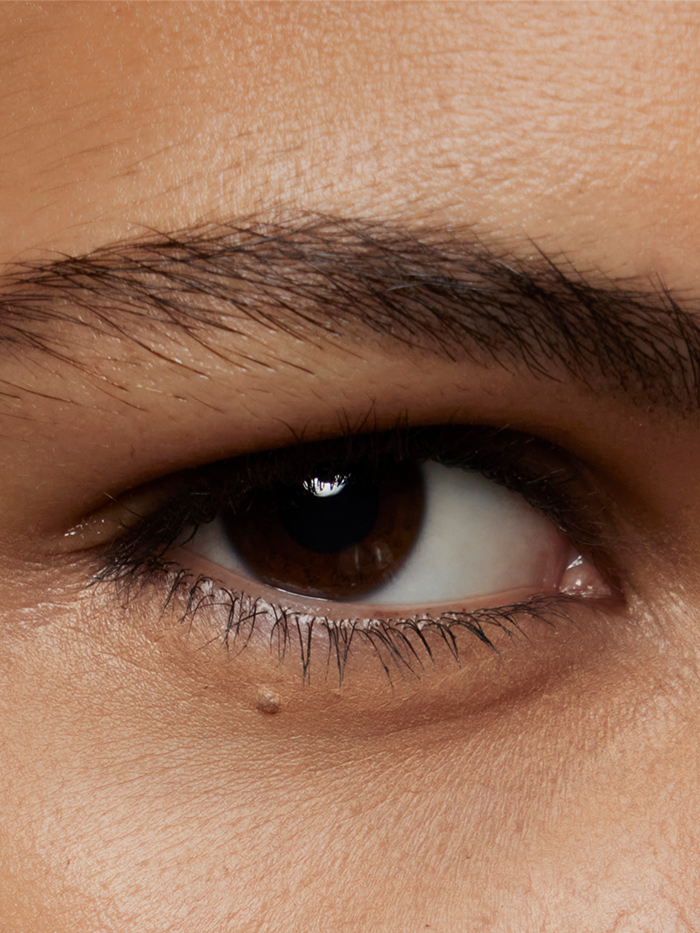
What is it and how does it work?
Whilst there are several non-surgical treatments out there, depending on the cause of your hooded eyes, the most effective procedure is usually an upper lid blepharoplasty, explains Dr Ezra. "Depending on the individual case, sometimes the combination of both upper blepharoplasty and a brow lift is required to achieve the optimal result," he says.
"Upper lid blepharoplasty involves removing excess skin and fat from the upper eyelid area that causes eyes to have a ‘tired’ look. The procedure requires making an incision along the natural crease of the eyelid, removing excess skin and fat, and tightening the muscles and tissues in the area. The incision is then closed with sutures."
Who is it best for?
"Most patients who undergo upper-lid blepharoplasty operations are 35 or older, however, if hooded eyes are genetic or if excess skin is obstructing your vision, you may benefit from having the procedure sooner. When performed by an experienced surgeon, the risk of adverse side effects is minimal," he says.
How long do results last?
Surgeries addressing hooded eyes can provide long-lasting results, but they are not necessarily permanent, explains Dr Ezra. "Whilst the results of these procedures can be quite dramatic and last for many years, they are not immune to the effects of ageing and the natural changes that occur in the body over time."
Is there any downtime?
"The recovery period after treatment is quite minimal, with most patients being able to return to work after one week. In the week after surgery, patients are given a thick antibiotic ointment to place in the eye which blurs the vision," he says. However, working from home can be undertaken the next day and may be preferable for some patients. "If your work involves any heavy lifting, it is advisable to rest for one-to-two weeks before returning to your job. After three months, the eyelid should be completely healed."
Typical cost: From £7,000
2. Sofwave
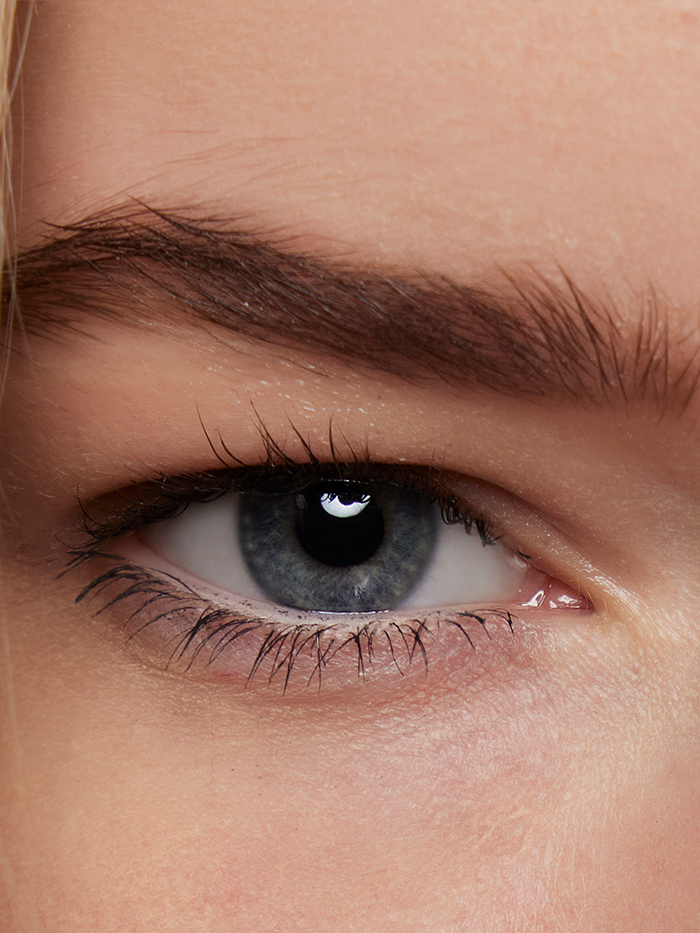
What is it and how does it work?
"Sofwave is the latest ultrasound-based machine that tightens skin and is particularly good for the tricky eye area," says Dr Siddiqi. Lifting the eyebrows and eyelids is just one of the treatments this device can perform.
"You get an immediate lifting effect, and the heat also triggers a stimulation of collagen and elastin which continues to further lift and tighten the skin," she says, explaining that Sofwave is very safe around the eyes, unlike other HIFU (high-intensity focused ultrasound) devices which can melt fat in the eye area, actually resulting in an aged appearance to the eyes. In her clinic, Dr Siddiqi likes to pair this treatment with NFCT (more on that ahead).
Who is it best for?
"This treatment is great for patients looking for a natural, instant lift, smoothed wrinkles and a boost of collagen in the eye area," she says. "This protocol is a safe treatment for almost all patients with skin laxity of the face. There are very few contraindications, but those who are pregnant and/or are breastfeeding should avoid. For patients who have excess skin on their upper eyelids, we would advise surgical intervention instead, as they may not get enough of an improvement with Sofwave—it cannot get rid of extra skin. Sofwave is best for skin that has aged and has laxity. If you have genetically heavy lids, then other treatments may be more suitable."
How long does it take to see results?
"Results can be seen as soon as one week after treatment, with improvements continuing for up to six months," says Dr Siddiqi.
How long do results last for?
"Most people enjoy the effects of Sofwave for up to one year, with maintenance top-ups recommended annually," she says.
Is there any downtime?
"There is very minimal downtime associated with this protocol treatment; most patients can return to their routine immediately after treatment. If you have sensitive skin, you may experience redness that typically lasts until the end of the day. One of the best things about Sofwave compared to other energy-based devices is that you only need one session, which perfect for busy individuals."
Typical cost:
£800 for a Sofwave Brow Lift
3. NCTF
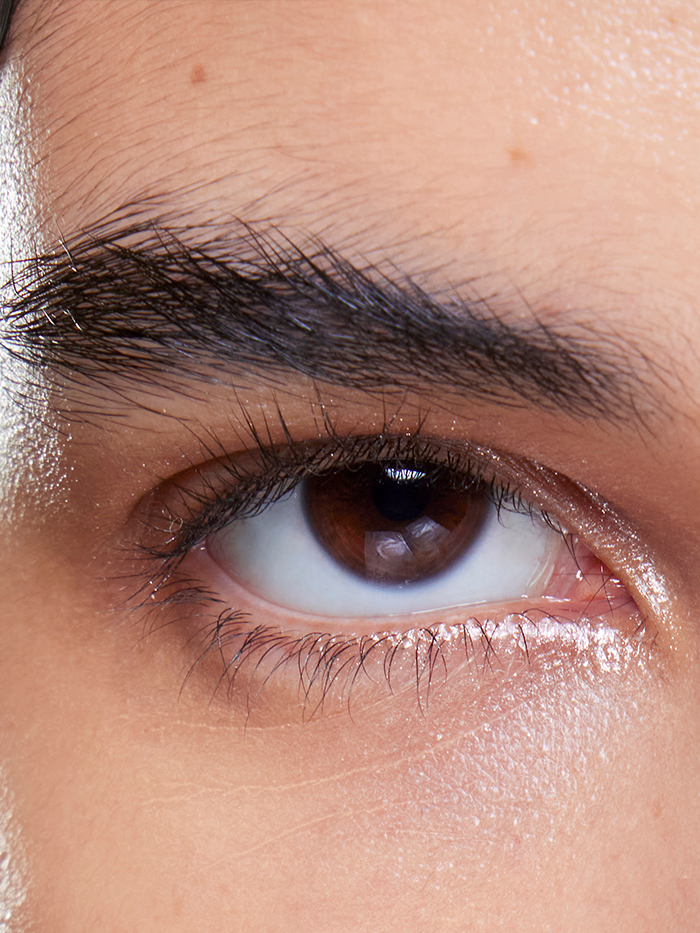
What is it and how does it work?
"NCTF is a type of mesotherapy which involves injecting the area around the eyes to rejuvenate it. It contains hyaluronic acid for hydration and antioxidants, amino acids, glutathione and vitamins C and E to stimulate fibroblasts and rejuvenate the skin," says Dr Siddiqi. "When used in combination with Sofwave, the results are a brightened eye area, giving the face a more rested and rejuvenated look."
Who is it best for?
"This treatment is mostly for the under-eye skin, but we can use it under the brows if there is dehydrated skin here as well," she says.
How long do results last?
Dr Siddiqi says that NCTF is advised every three-to-four months to keep up the results.
Is there any downtime?
The small bumps with NCTF treatments subside by the end of the day.
Typical cost:
£600 for three sessions of NCTF
4. BOTULINUM TOXIN
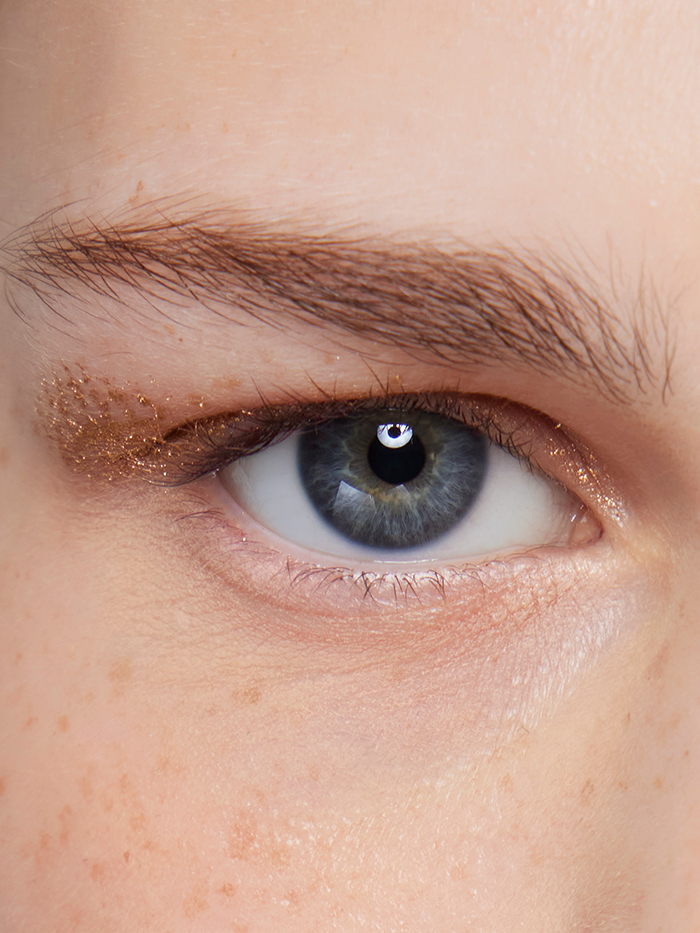
What is it and how does it work?
"Botulinum toxin [aka Botox] in microdoses interferes with the communication between the nerve ending and the end target—in this case, the facial muscles," says Dr Acquilla. "Low doses in the frontalis procerus corrugator [the muscles that lift the brow] and orbicularis oculi muscles [the eyelid muscle] create stretching of the skin, improved skin quality, eyebrow lifting and an appearance of rested-ness and wellness in the eye and periorbital regions," he explains.
Who is it best for?
I had a Botox treatment with Dr Acquilla last year, and he told me that it's ideal for elevating the brow and thus opening the eye area. The results are not permanent (they'll last for about three months) which gives you flexibility to continue with treatments if you like the results, or to stop.
How long do results last?
You can start seeing results after two weeks, and Dr Acquilla says that they can last up around three months. However, if you have an expressive brow area, you may find it wears off more quickly. To maintain the results you will need to have top-ups.
Is there any downtime?
There is virtually zero downtime, however, it is advised to avoid saunas, exercise and drinking alcohol for 24 hours after the treatment.
Typical cost:
This will vary depending on how many areas treated, the clinic location and the expertise of the practitioner, but my appointment with Dr Acquilla in London would average around the £300-£400 mark for three treatment areas.
The Best At-Home Treatments for Hooded Eyes
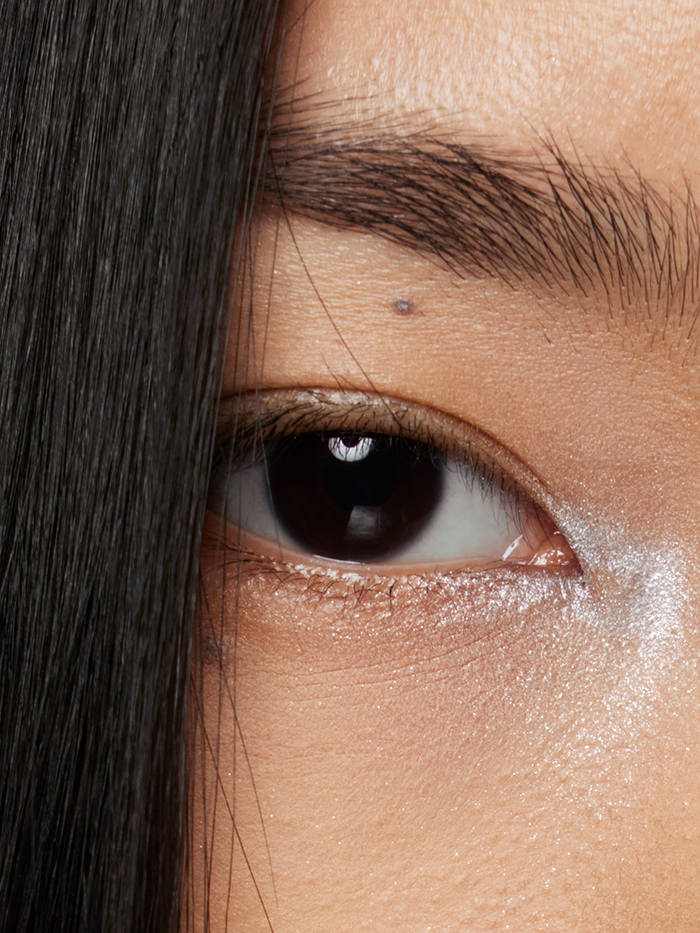
Not ready to try a tweakment? There are some great temporary solutions that can be done at home to lift and open up the eye area, as well as great anti-ageing skincare that will help keep the skin around your eyes looking its best.
5. Eye Tapes
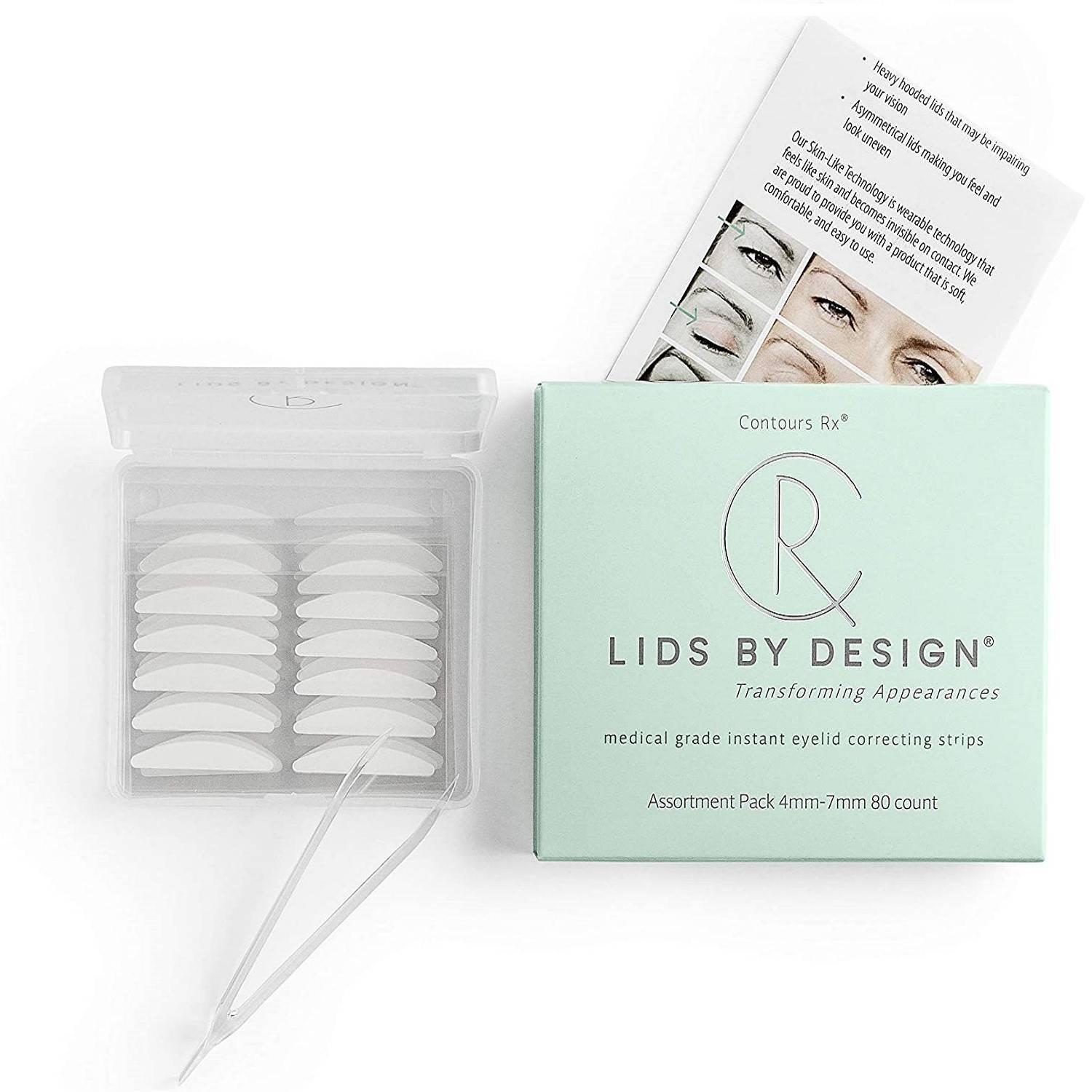
Hear us out on these. If you want to open up your hooded eyes without going down the aesthetic treatments route, then you can try these lid stickers which work by instantly lifting up the crease of your eyelid for a more wide-awake appearance. They can be fiddly to start with when finding the right size and placement, but they're great to keep handy for special occasions when you want a quick fix. They disappear into the lid crease and you can even apply powder eye shadow on top. I've tried them and once you get the hang of them you can really see a difference.
6. Microcurrent Devices
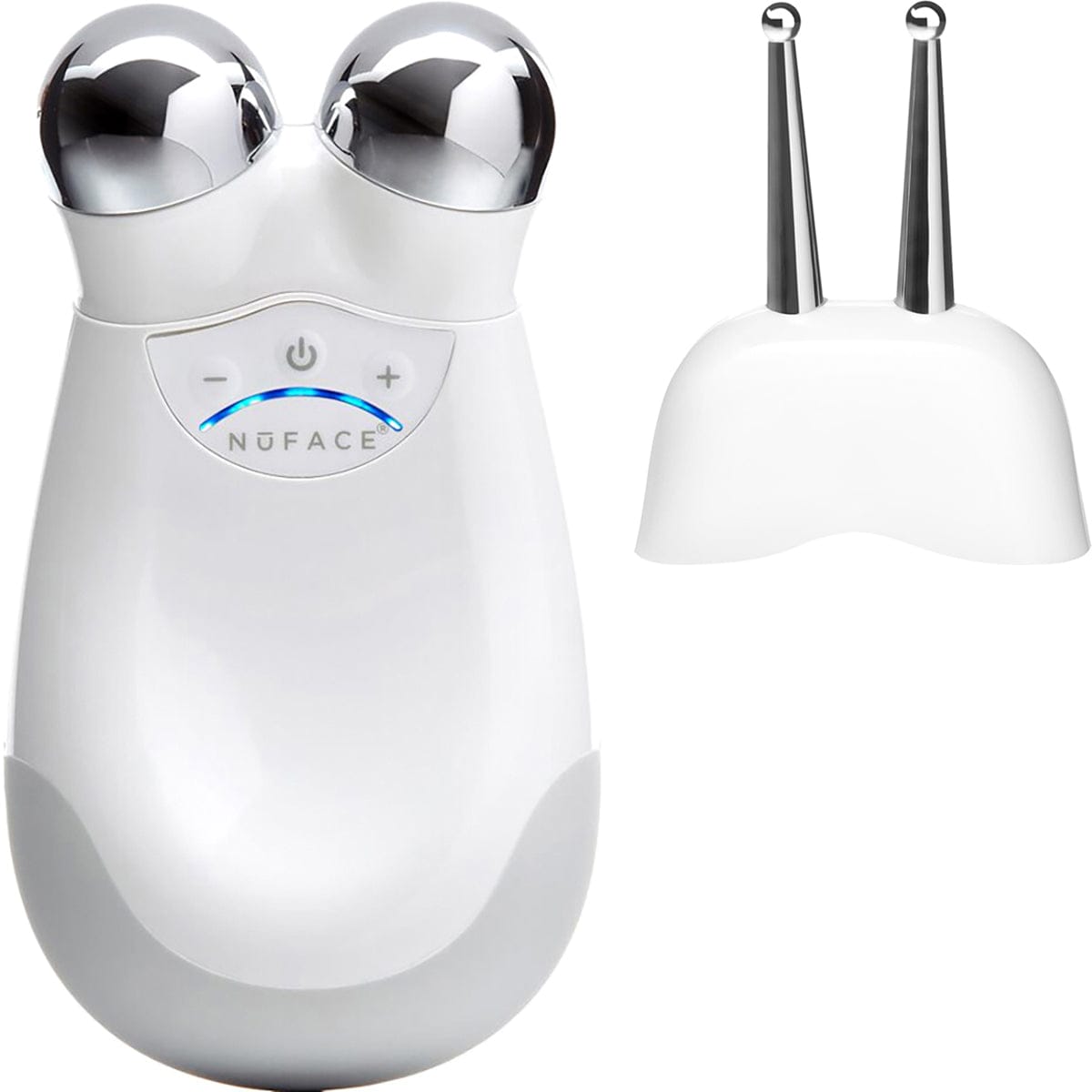
Microcurrent devices work by stimulating the muscles in the face, including around the brow and eye area, which helps to achieve a more wide-awake appearance and lifted brows. It's a bit like taking your facial muscles to the gym. The results are temporary, of course, but it's a great alternative if you don't want to venture down the route of aesthetic treatments. You can read our honest reviews (and see before-and-after images) in our best microccurent devices roundup.
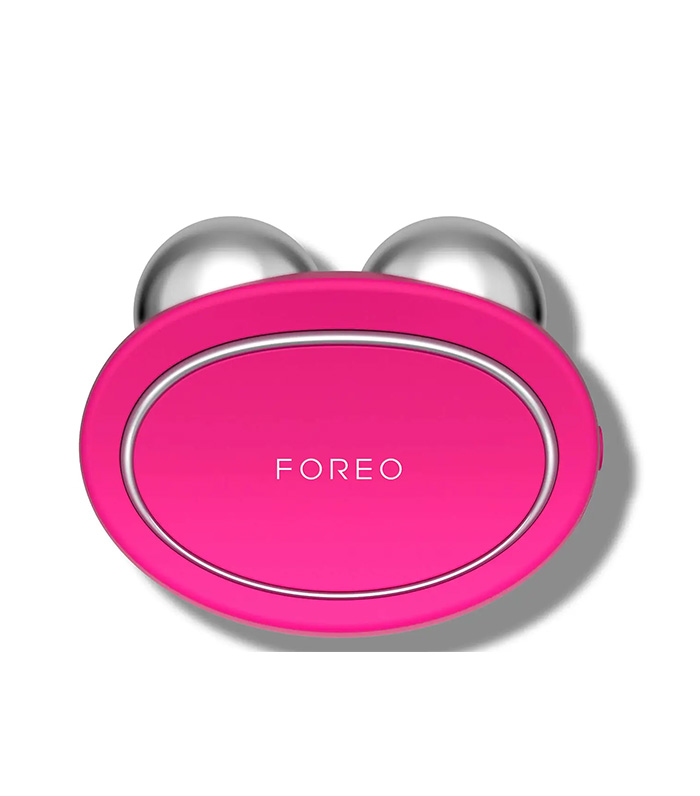
Foreo's Bear device also uses microcurrent to activate the muscles in your face.
7. SPF
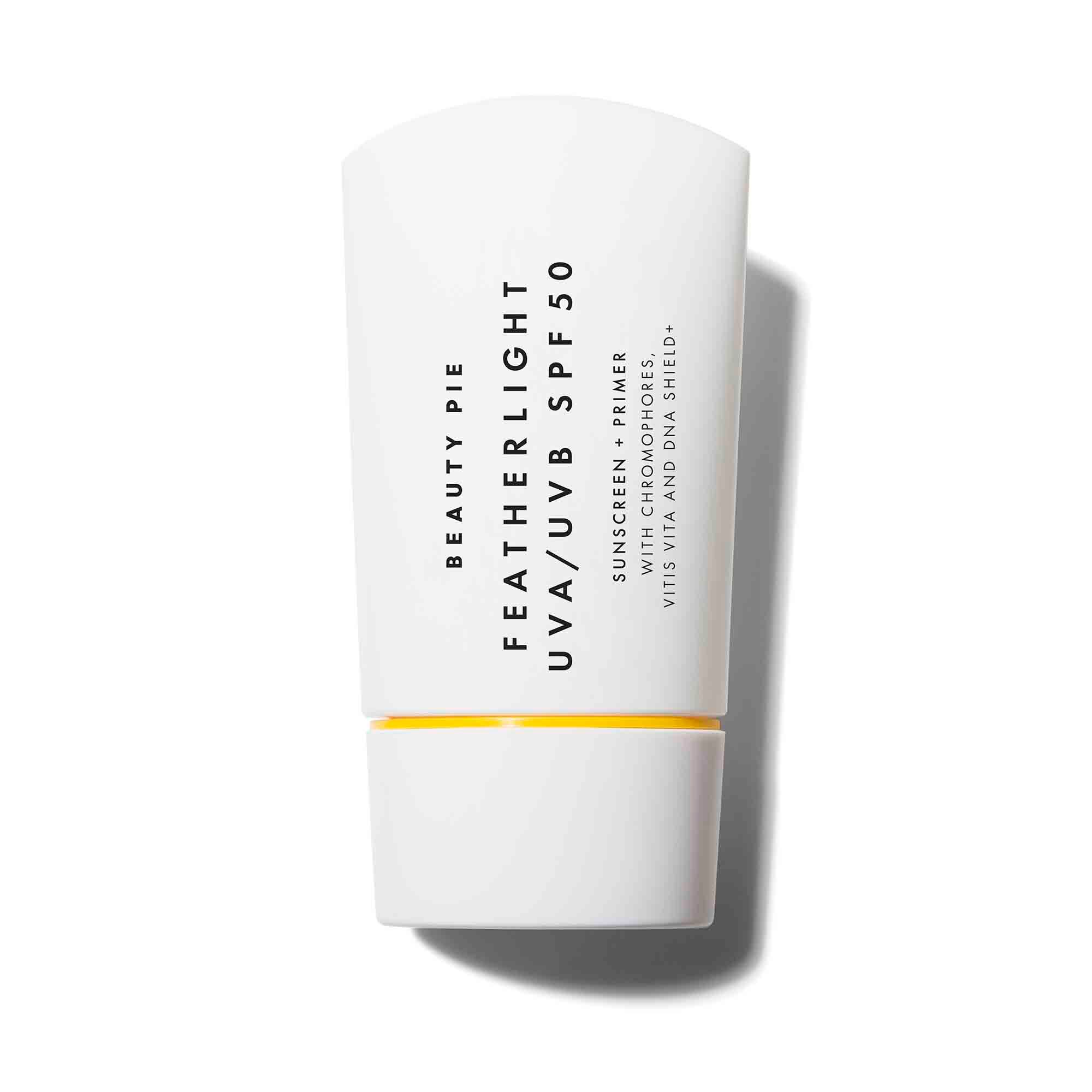
Price shown is member price.
Prevention is better than cure when it comes to keeping the eye area looking its best, but it's never too late to start protecting your skin from the damaging effects of the sun's UVA and UVB rays. We need to wear SPF every day (not just in the summer or on sunny days) in order to best protect our skin. This is why it's important to find an SPF that you like wearing. This one from Beauty Pie is really lightweight and offers an SPF of 50.
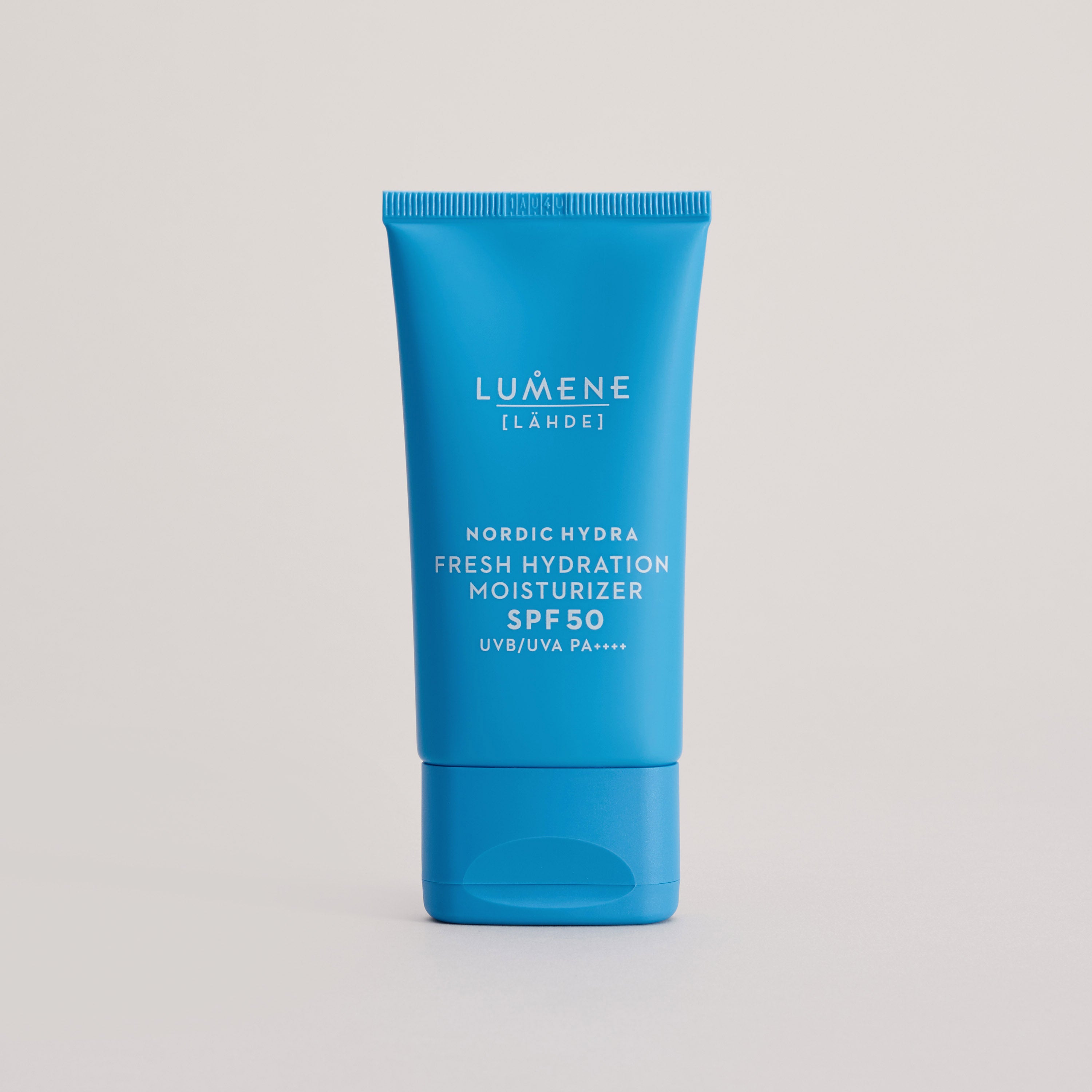
Lumene's SPF 50 is a new discovery of mine, and the lightweight texture makes this one that I actually want to wear everyday. It contains two molecular weights of hyaluronic acid to hydrate the skin while leaving a dewy finish on the skin. If you have dry, dehydrated skin, this is a must-try.
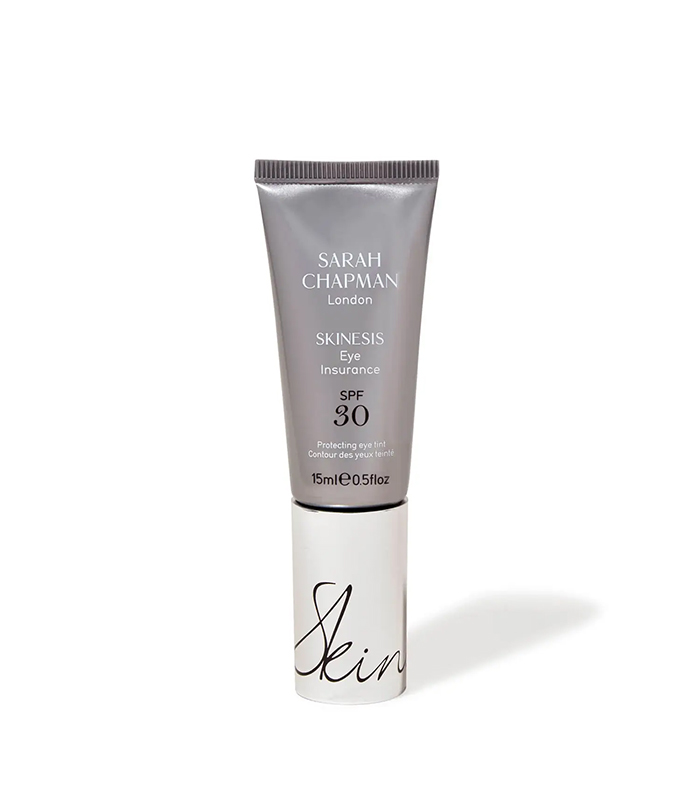
Sarah Chapman's eye SPF comes in a tinted serum consistency, which helps to brighten the eye area whilst protecting from UV rays.
8. Eye Cream
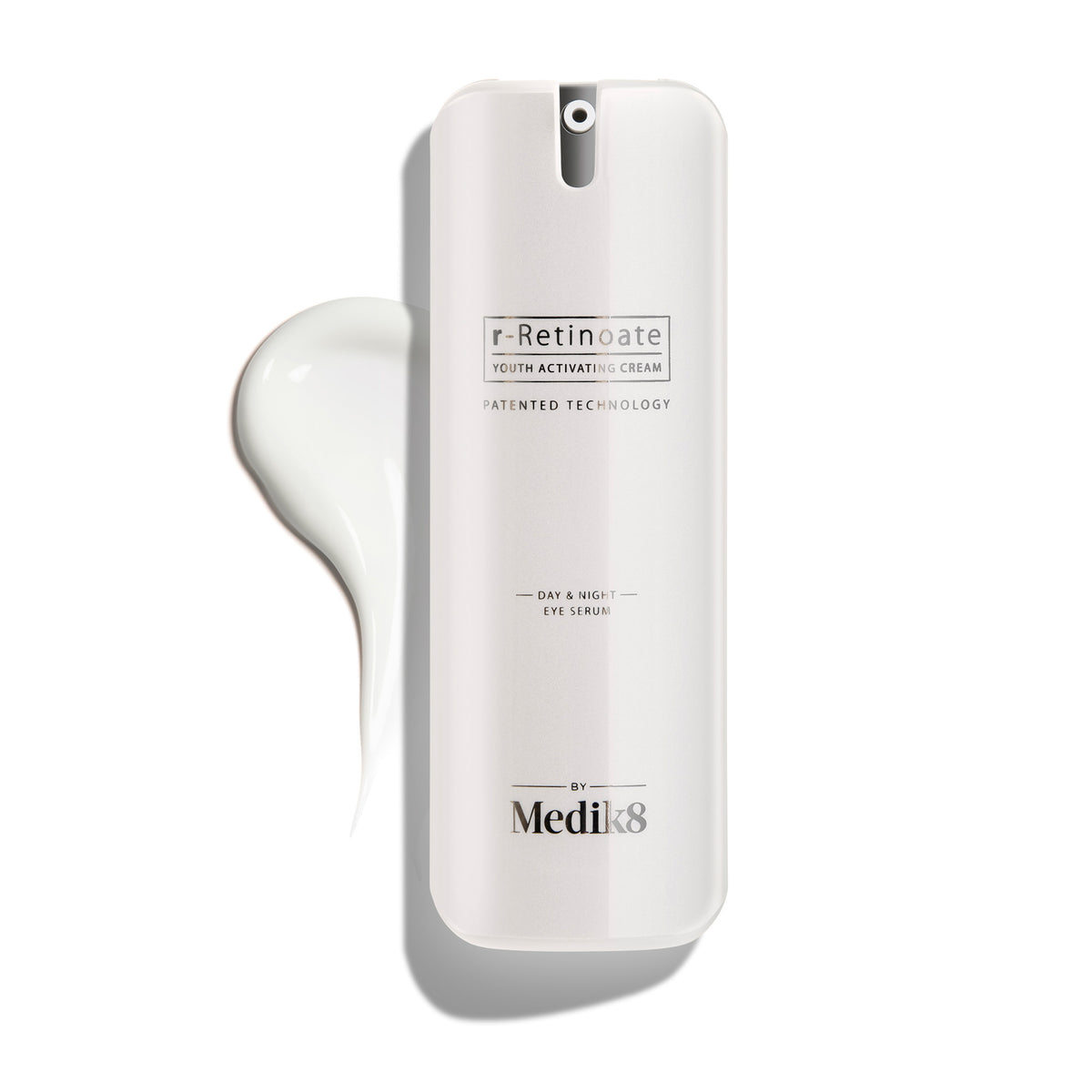
Let's be honest. No eye cream is ever going to totally transform your eyes (and any products that promises an "eye lift in a bottle" is lying to you, FYI). That being said, using good skincare (including SPF) can help to improve the skin around your eyes and prevent premature ageing in the area. The key ingredients to look out for are retinoids, such as retinol or retinal, vitamin C and peptides.This one from Medik8 is pricey, but it contains a patented form of retinoid that works to boost collagen production for a firmer eye area when used twice a day, and it has some impressive customer reviews.
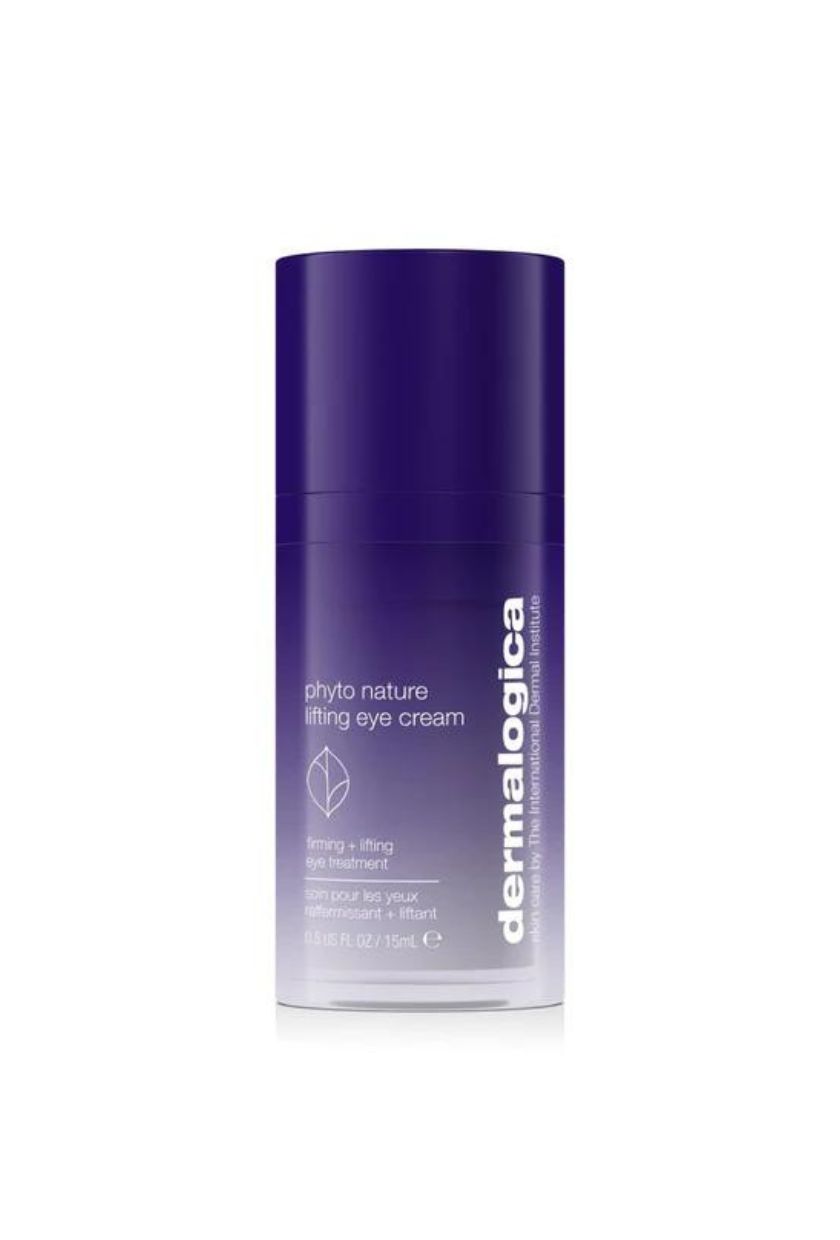
Dermalogica's latest eye cream delivers a instant firming effect by creating a film on the eyelids to help reduce folds around the eyes, and the cocktail of peptides and quinoa seed extract help to increase collagen production to revitalise the eyes in the long-term.
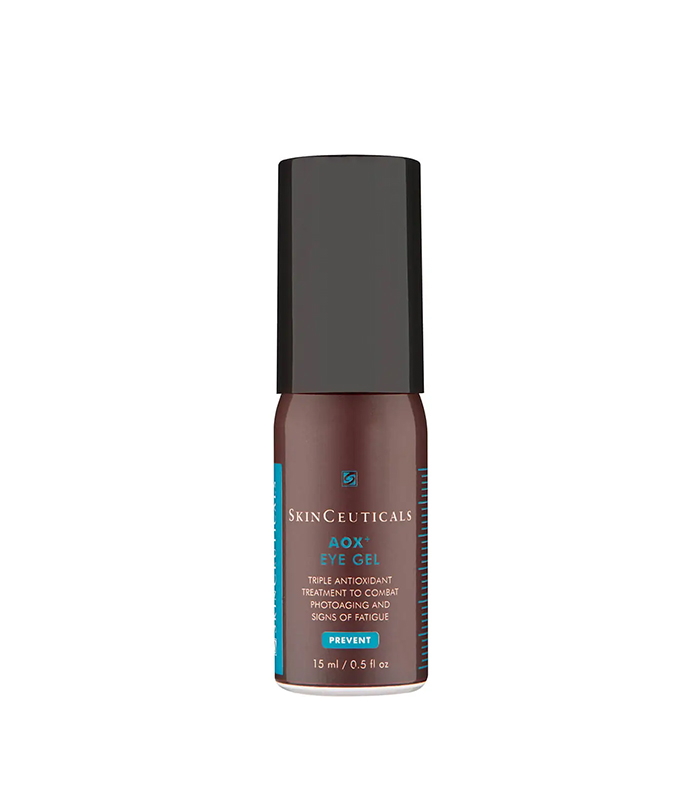
I trust Skinceuticals' formulas wholeheartedly, and this eye cream works with 5% vitamin C, phloretin and ferulic acid, which are antioxidants that help shield the delicate eye area from environmental damage.

Eleanor Vousden is the beauty editor for Who What Wear UK. She was previously deputy editor at Hairdressers Journal, health writer at Woman & Home and junior beauty editor at Powder. She has also contributed to Wallpaper and Elle Collections.With a degree in fashion journalism from the London College of Fashion, she has 10 years of industry experience and has been highly commended at the BSME Talent Awards for her work on Powder and also contributed to the title winning Website of the Year at the PPA Awards.Eleanor’s journalistic focus is providing readers with honest and helpful beauty content. She has interviewed celebrity makeup artists, hairstylists and dermatologists throughout her career, as well as celebrities such as Hailey Bieber, Sarah Jessica Parker and Scarlett Johansson.
-
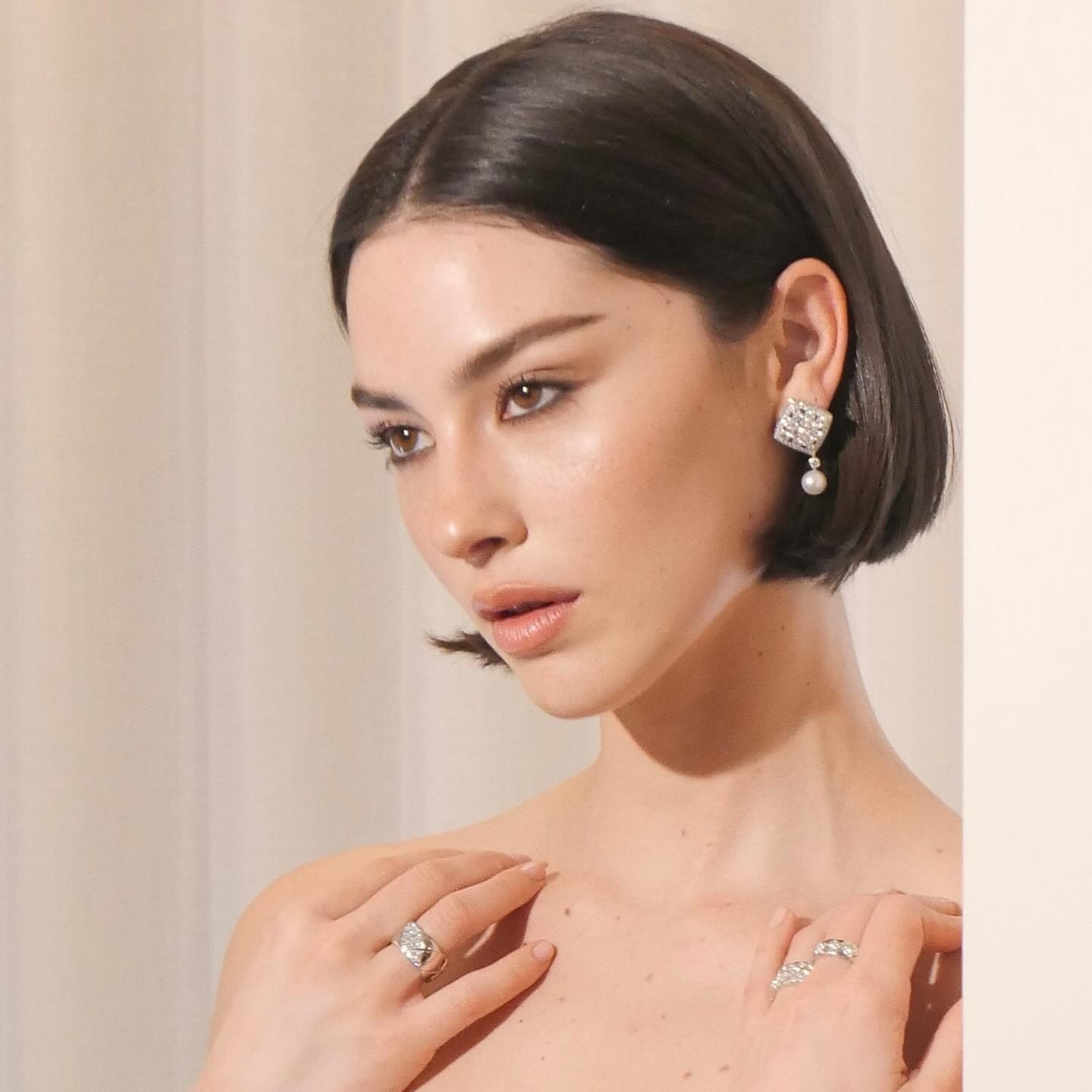 Blurred Makeup Is Trending, and Gracie Abrams Is the Blueprint—the Pre-Show Glam She Swears By
Blurred Makeup Is Trending, and Gracie Abrams Is the Blueprint—the Pre-Show Glam She Swears ByIt's all about soft-focus skin.
By Jamie Schneider
-
 No One Knows Festival Makeup Like This Iconic MUA—4 Trends She Says We'll See All Over Coachella
No One Knows Festival Makeup Like This Iconic MUA—4 Trends She Says We'll See All Over CoachellaGrab your tickets and glitter.
By Alyssa Brascia
-
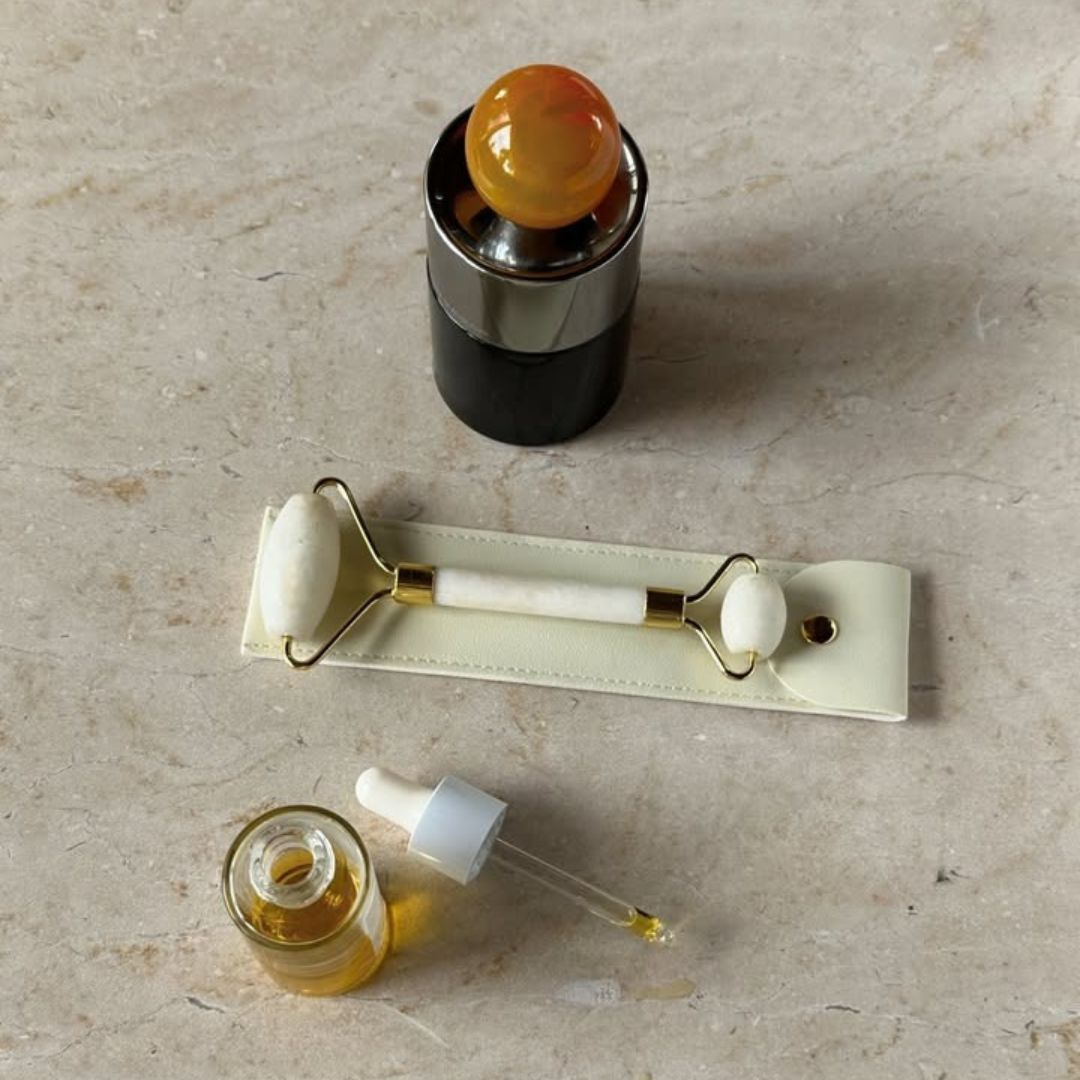 The Numbers Don't Lie—WWW Readers Shop These 11 Products the Most, and They're on Sale RN
The Numbers Don't Lie—WWW Readers Shop These 11 Products the Most, and They're on Sale RNSaving on your faves is basically a profit… It's girl math.
By Alyssa Brascia
-
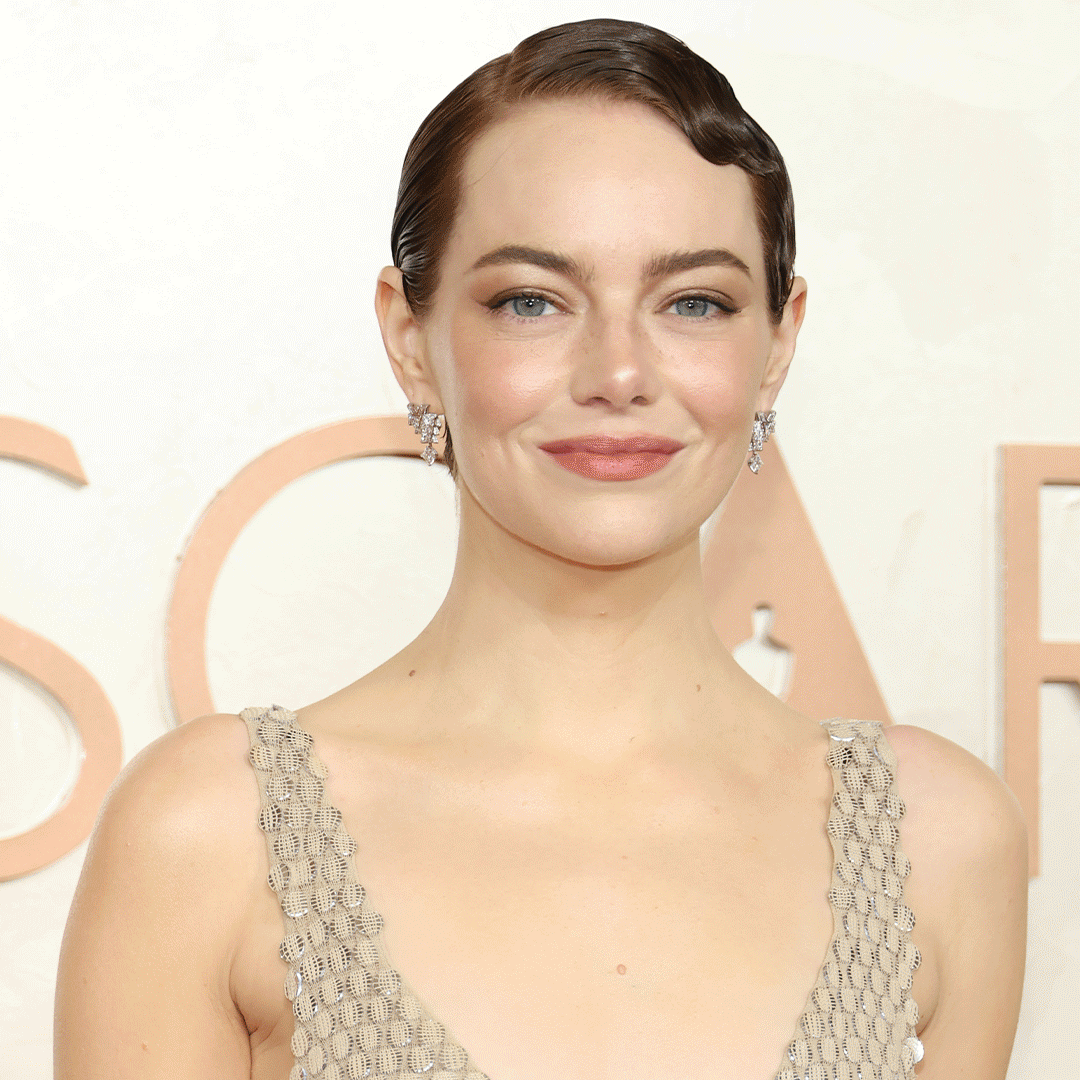 Award Season Is Over, and the Stats Are In—Celebs Requested *These* Makeup Looks the Most
Award Season Is Over, and the Stats Are In—Celebs Requested *These* Makeup Looks the MostWe chatted with some of Hollywood's most in-demand celebrity makeup artists.
By Alyssa Brascia
-
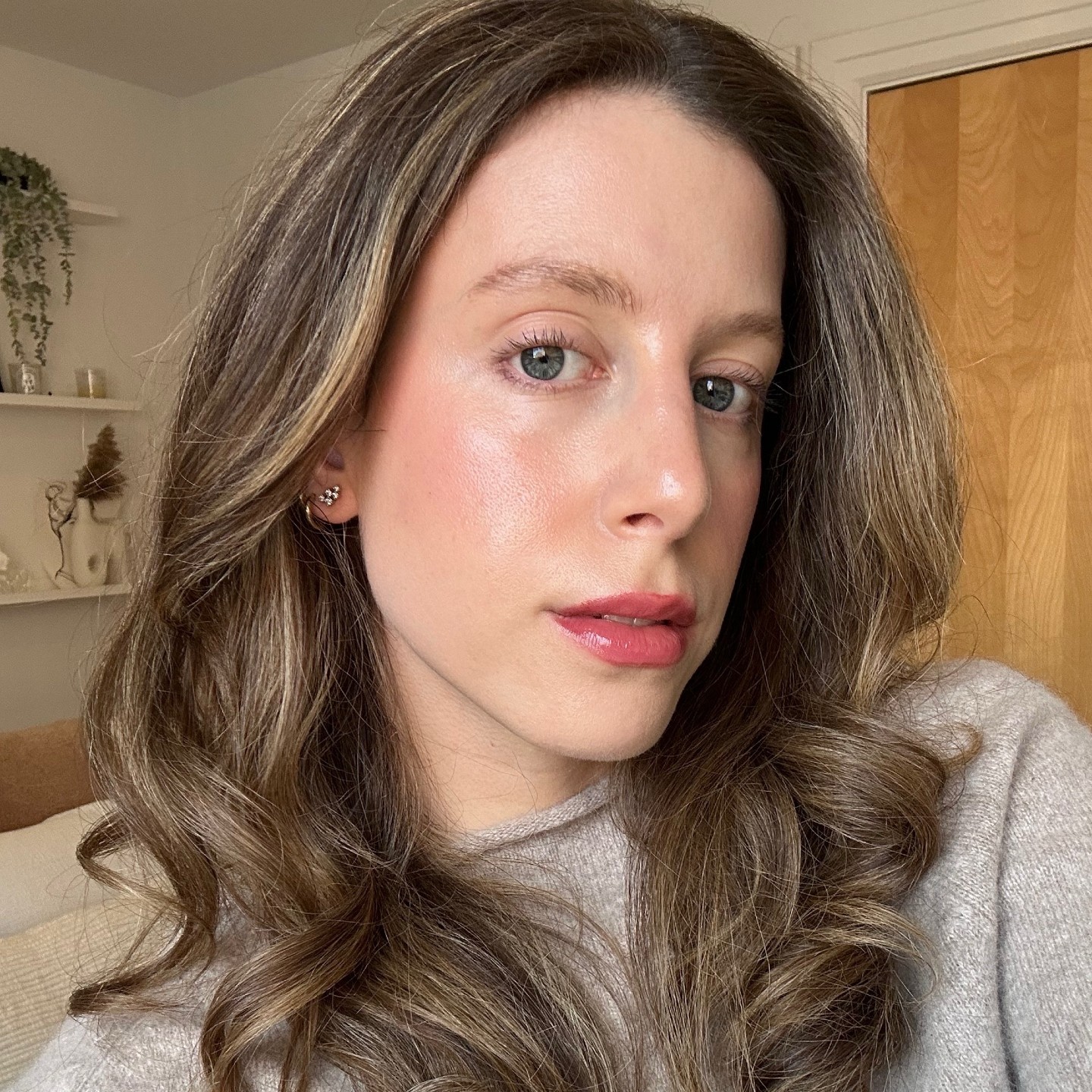 I've Been Applying Mascara Wrong for 15 Years—An Iconic MUA Just Gave Me a Life-Changing Tip
I've Been Applying Mascara Wrong for 15 Years—An Iconic MUA Just Gave Me a Life-Changing TipMy lash game will never be the same.
By Jamie Schneider
-
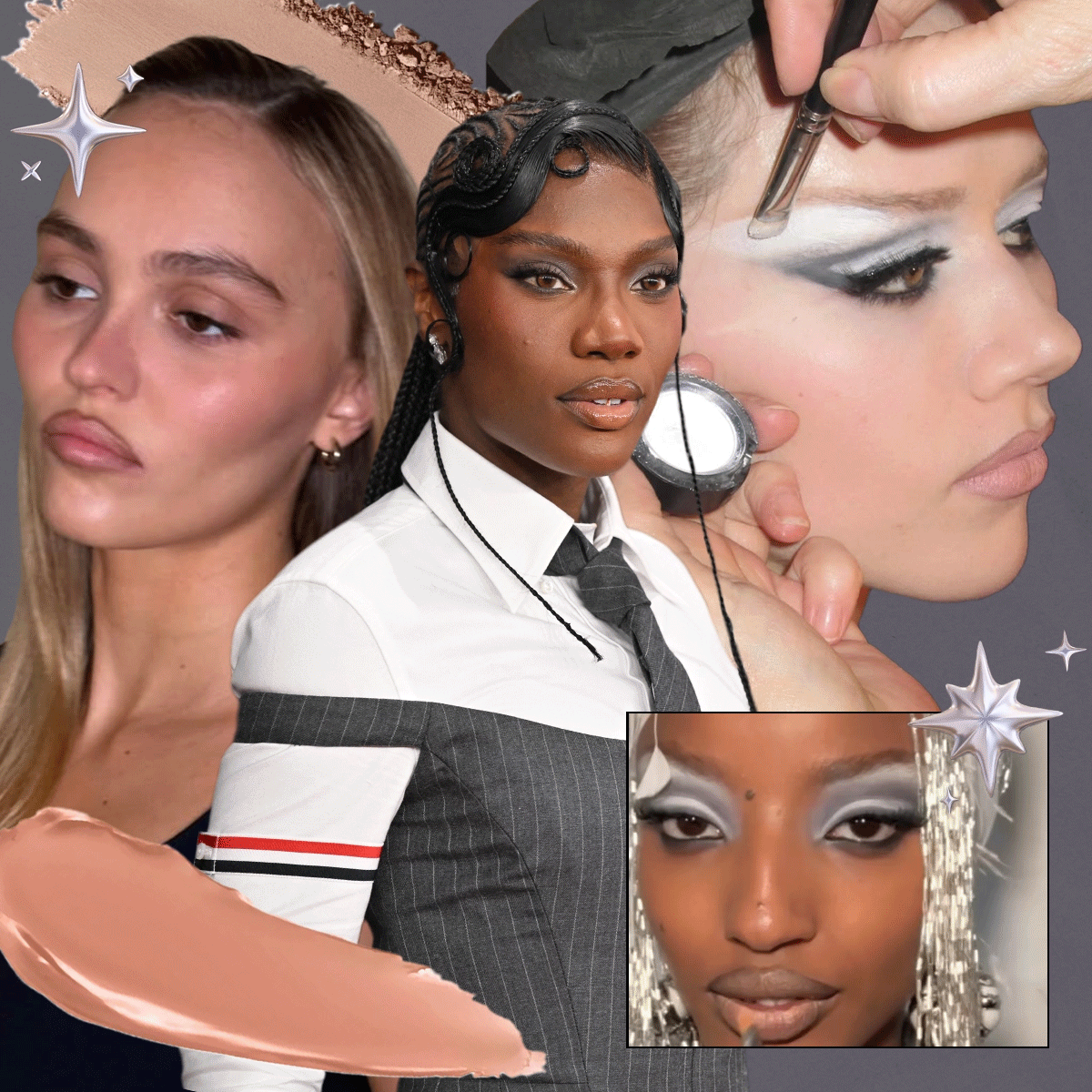 Suddenly, This "Glum" Hue Is 2025's Hottest Makeup Trend—Doechii and Julia Fox Are Proof
Suddenly, This "Glum" Hue Is 2025's Hottest Makeup Trend—Doechii and Julia Fox Are ProofForget what you know about pastels for spring.
By Alyssa Brascia
-
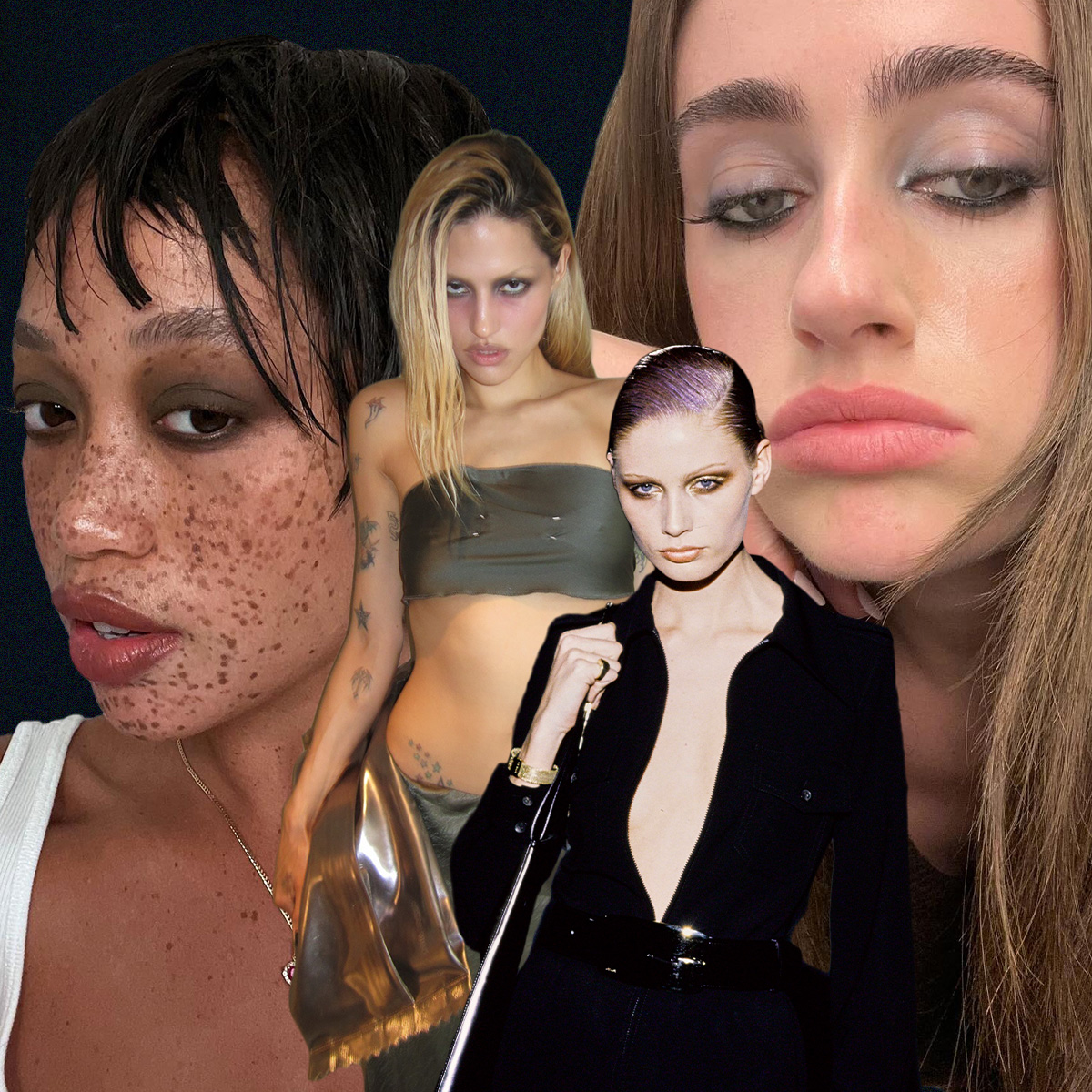 In Defense of Angsty Beauty
In Defense of Angsty BeautyFrom "unapproachable" makeup to "anti-pretty" perfume.
By Jamie Schneider
-
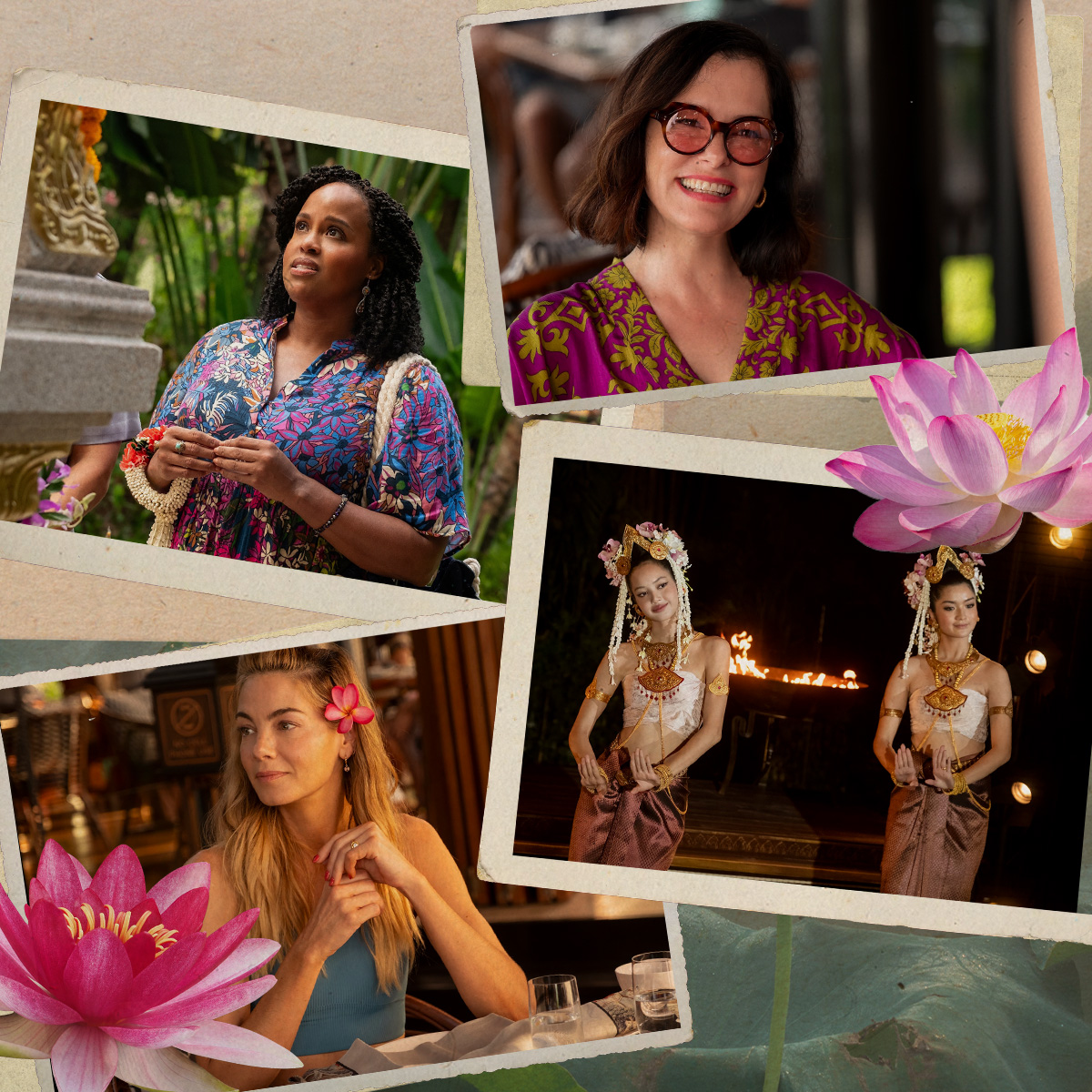 From Vacation Skin to Orchid Lips—3 White Lotus Beauty Trends That Will Define the Summer
From Vacation Skin to Orchid Lips—3 White Lotus Beauty Trends That Will Define the SummerIn conversation with the show's lead makeup artist.
By Alyssa Brascia
